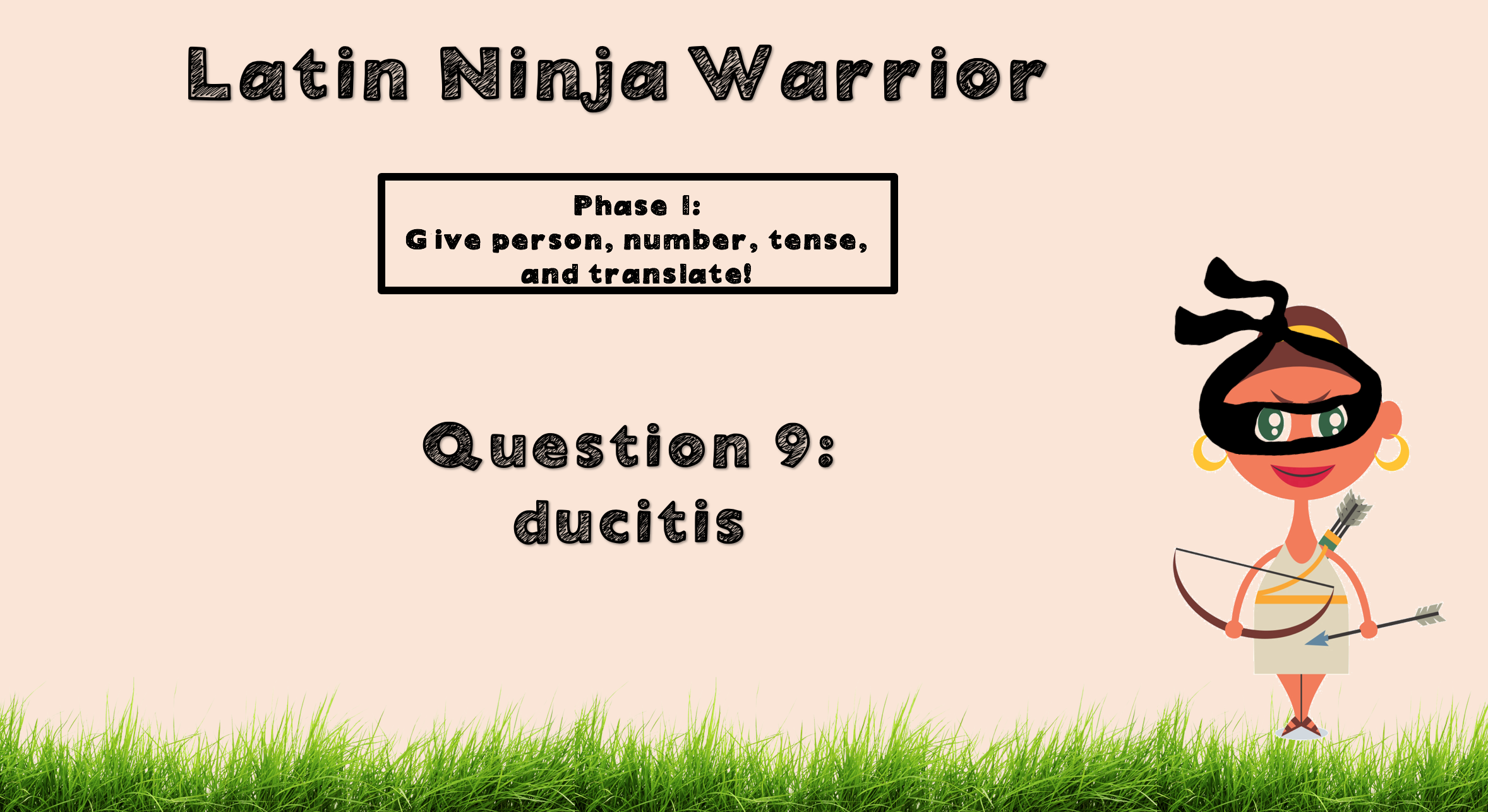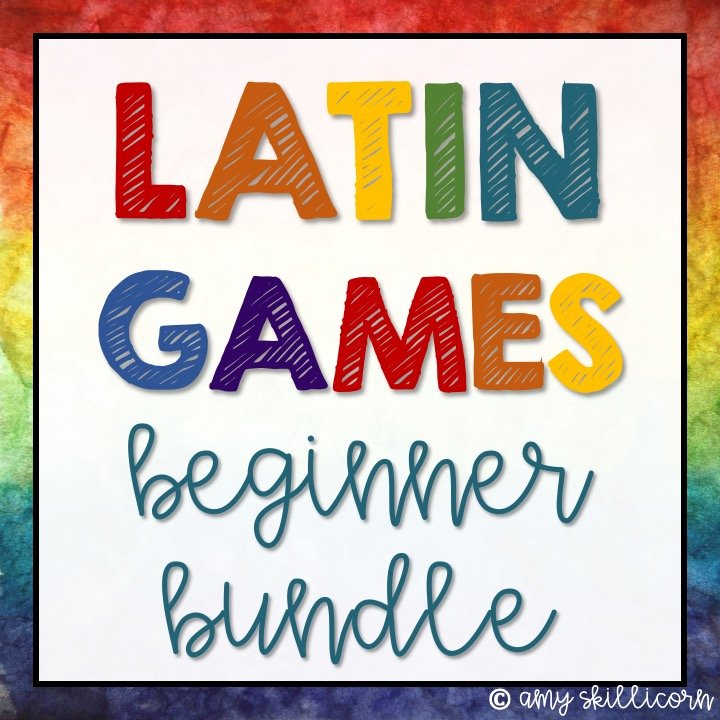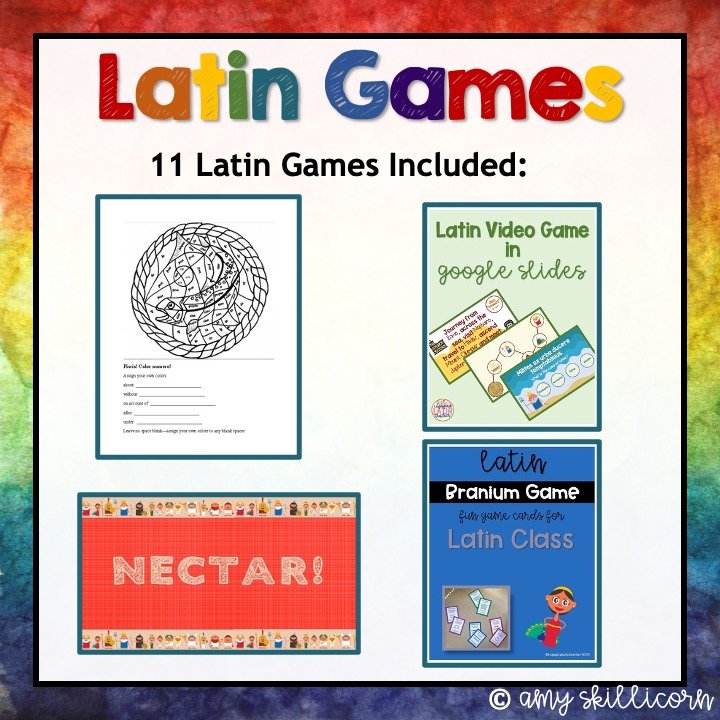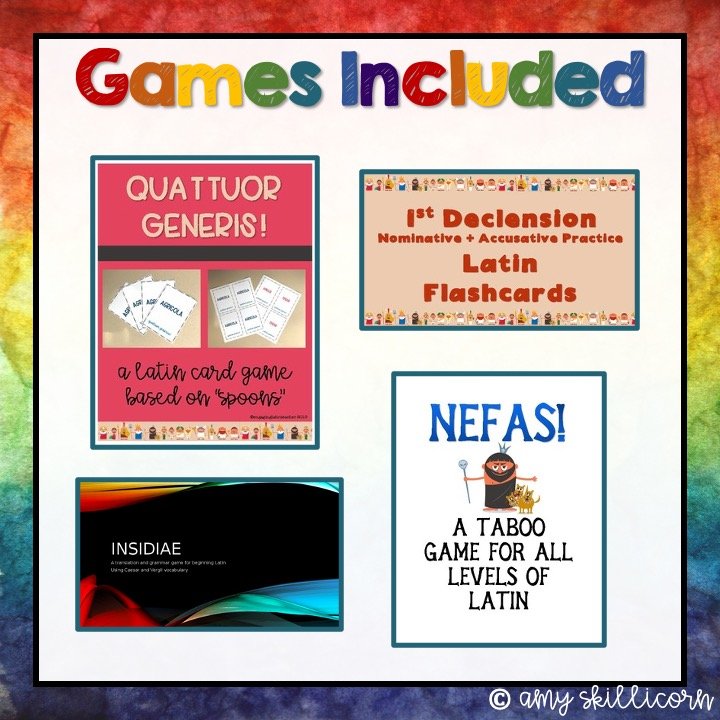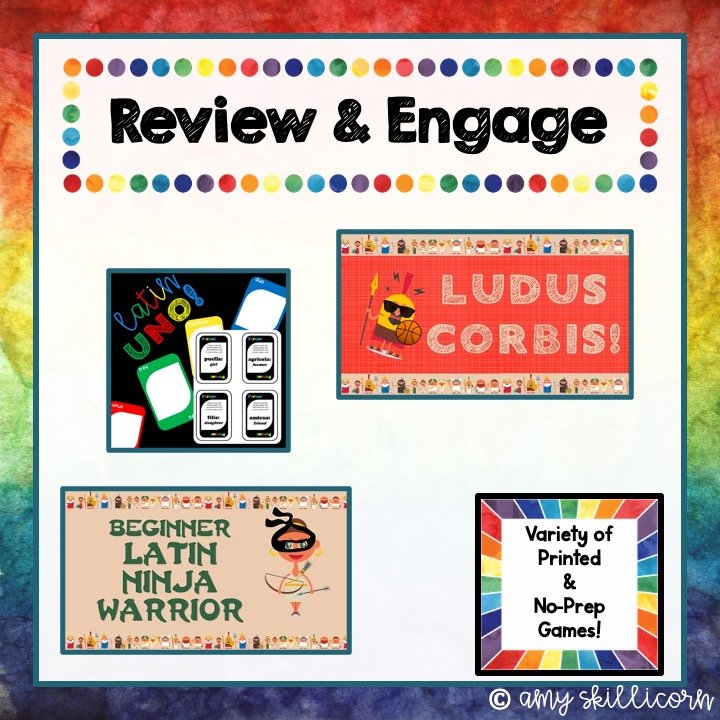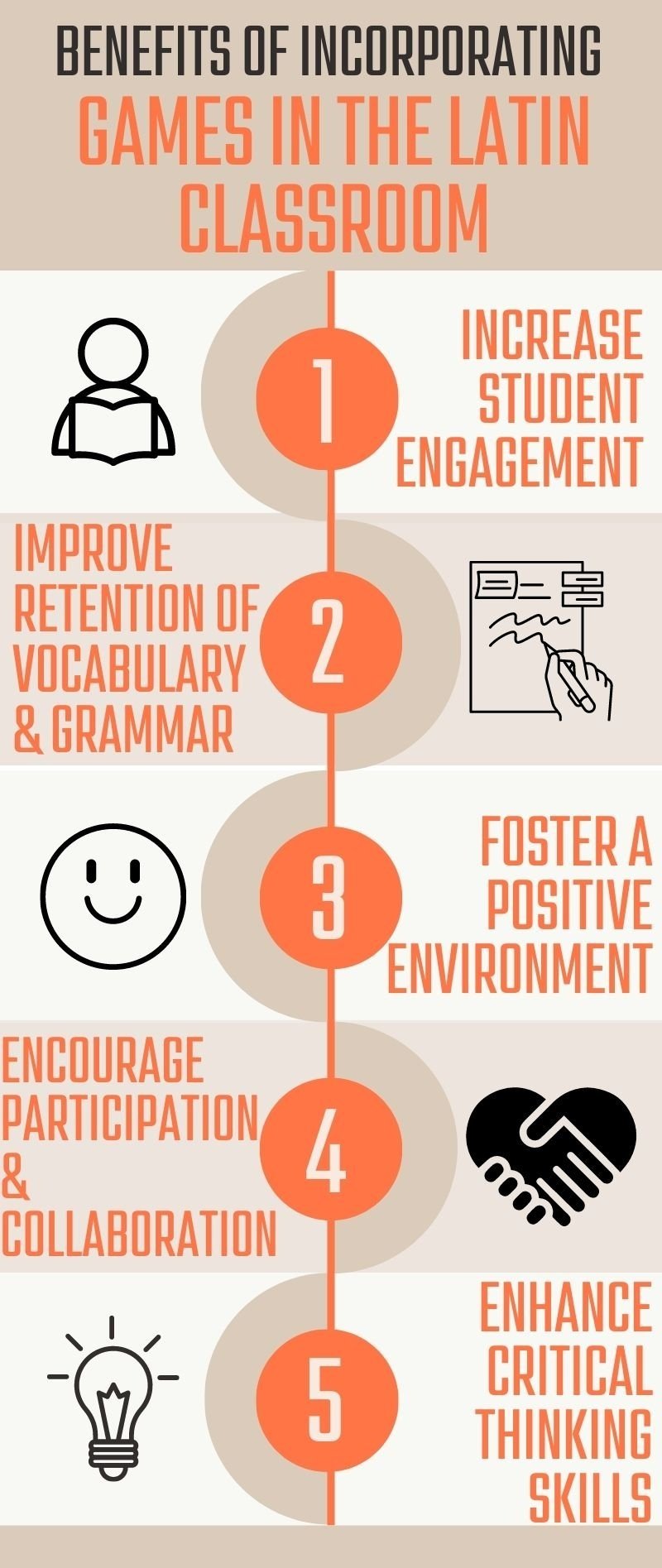Middle School Classroom Games: 3 Structures, Same Content
When I took on classroom gaming as a top priority, I looked everywhere for ludic inspiration. As I accumulated middle school classroom games over the years, I weeded through to find the joy-bearing vs. boredom-inducing games as well as the types of games I could perform with very little prep. Quick middle school classroom games do not need hours of prep work; I find that a good amount of engaging games can be made minutes before class. My brain works best when overwhelmed, so I take on as much as humanly possible and then hustle to make it all happen. Sometimes that means I’m planning a game 30 minutes before the class— and I love it! I find that it forces me to adapt flexibly and ensures my activity content is pertinent for my students.
Over the course of 7 years, I have found 3 styles of middle school classroom games that I can play with <10 minute prep (keeping in mind that thinking on my feet during classroom games is becoming second nature to me). Here are 3 different structures for middle school classroom games that have 100% success rate in my classroom. These can be adapted for any subject, although I will admit that these are particularly easy for language classes because we have tons of definitions to be memorized.
Middle School Game #1: Latin Ninja Warrior
Students are in pairs. Using a projector, I have a ton of slides with Latin words or terms that we need to review. Sometimes, I’ll put up a whole sentence and have the sentence be “What is the direct object”? Or “What tense is the verb?” I start with the team closest to the door and just start asking each team a question. I like to progress through the questions quickly because students are more likely to pay attention (If you follow Hope King’s game rules, I’m breaking the “no-turns/no-outs” rule but my game moves quickly enough to not produce boredom). If a team gets the question wrong, the next team can earn 2 points. If that team gets it wrong, it’s now worth 3 points… and so on. I am keeping score on a white board at my lectern. Winning team earns a piece of candy.
Middle School Game #2: Insidiae
I am able to use the same content (slides) for a game of Insidiae, which is the Latin word for treachery. This game is also known as Grudgeball. The students are also in pairs, answering the same style of quick questions. Instead of earning points, however, they “attack” another team with a point. The goal is to have the fewest points by the end of the game! Because they do not control their own points, I do not give a reward to the winner. It’s social, which is more fun for middle-school-aged kids.
Middle School Game #3: Sink or Swim mixed with Trash-ket-ball
I recently heard about Sink or Swim from the teacher YouTuber Pocketful of Primary. When I play Sink or Swim I have the students in groups of four. Each student as a white board and they number either 1, 2, 3, or 4 so that each team has every number once. I ask my question (these can be more detailed, since I give the students time to write and collaborate) and every student writes down their answer. I call a number, and every student with that number holds up their whiteboard. If the team gets it correct, they may either: “sink” a member of another team (meaning that sunk person may not help or communicate with their team) or “swim” a member of their own team (revive them from being sunk). The first two times I tried this, it quickly turned into a race to balance your team with smart enough people to get the right answers, but not too smart that they would be targeted first. I didn’t like that, and I wanted to add an element of chance, so I mixed in trash-ket-ball. Teams each round could shoot for a basket and if they scored, they earned an extra sink/swim every round.
Here are my favorite middle school Latin games:
AP Latin Caesar Trash-ket-ball
Here are four other blog posts about Latin games:
Gamified Classroom: Free Latin Game
The Benefits of Using Games in Latin Class: A Comprehensive Guide
Increase student engagement.
One of the key benefits of using games in your Latin class is the increase in student engagement. Traditional teaching methods can sometimes be dry and monotonous, leading to disinterest and lack of participation from students. However, when you introduce games into your lessons, you create a more interactive and dynamic learning environment. Games capture students' attention and make the learning process enjoyable, encouraging active participation and engagement. Students are more likely to be motivated and invested in the material when they are having fun and actively involved in the learning process. By increasing student engagement through games, you can create a positive and stimulating classroom atmosphere that promotes learning and retention of Latin concepts.
Improve retention of Latin vocabulary and grammar.
Games are a powerful tool for improving retention of Latin vocabulary and grammar. When students are actively engaged in playing games, they are more likely to remember the information they are learning. Games provide a fun and interactive way for students to practice and reinforce their knowledge of Latin vocabulary and grammar rules. Through repetition and reinforcement in a game format, students are able to solidify their understanding of the material and retain it for longer periods of time. Additionally, games often incorporate elements of competition and rewards, which further motivate students to actively participate and strive for success. By incorporating games into your Latin class, you can enhance retention of vocabulary and grammar, ultimately leading to improved language proficiency and mastery.
Foster a positive and enjoyable learning environment.
One of the key benefits of using games in your Latin class is that they foster a positive and enjoyable learning environment. Traditional classroom settings can sometimes feel rigid and monotonous, leading to disengaged and unmotivated students. However, when games are introduced, the atmosphere becomes more dynamic and interactive, creating a sense of excitement and enthusiasm among students.
Games allow for a break from the traditional lecture-style teaching, giving students the opportunity to actively participate and engage with the material. This shift in approach can make learning Latin more enjoyable and less intimidating for students, as they are able to learn and practice in a more relaxed and fun-filled setting.
Furthermore, games promote collaboration and teamwork among students. Many games require students to work together, strategize, and communicate effectively in order to succeed. This not only enhances their language skills but also fosters a sense of camaraderie and support within the classroom.
By creating a positive and enjoyable learning environment through the use of games, you can significantly increase student engagement, motivation, and ultimately, their overall learning outcomes in Latin.
Encourage active participation and collaboration among students.
Incorporating games into your Latin class encourages active participation and collaboration among students. Traditional lecture-style teaching can often lead to passive learning, where students simply listen and take notes without actively engaging with the material. However, when games are introduced, students are given the opportunity to actively participate in the learning process.
Games require students to actively think, problem-solve, and apply their knowledge in a practical context. This active engagement helps to reinforce their understanding of Latin concepts and vocabulary. Additionally, games often involve teamwork and collaboration, as students work together to achieve a common goal. This promotes communication and cooperation among students, fostering a sense of camaraderie and support within the classroom.
By encouraging active participation and collaboration through games, you create a more dynamic and interactive learning environment. This not only enhances student engagement and motivation but also allows for a deeper understanding and retention of the Latin language. Ultimately, incorporating games into your Latin class can lead to improved learning outcomes and a more enjoyable learning experience for your students.
Enhance critical thinking and problem-solving skills.
One of the key benefits of using games in your Latin class is the enhancement of critical thinking and problem-solving skills. Traditional teaching methods often focus on rote memorization and regurgitation of information, which can limit students' ability to think critically and apply their knowledge in real-world situations.
However, when games are introduced, students are presented with challenges and puzzles that require them to think critically and problem-solve in order to succeed. They must analyze the information they have learned, make connections, and apply their knowledge in a practical context. This not only reinforces their understanding of Latin concepts but also helps them develop important skills that are applicable beyond the classroom.
By engaging in gameplay, students are encouraged to think creatively, strategize, and make informed decisions. They learn to evaluate different options, consider consequences, and adapt their strategies based on the changing circumstances of the game. These skills are transferable to various aspects of life, including future academic pursuits, professional careers, and everyday problem-solving situations.
Incorporating games into your Latin class provides a fun and interactive way for students to develop and enhance their critical thinking and problem-solving skills. It allows them to actively engage with the material, apply their knowledge in a practical context, and develop important skills that will benefit them in their academic and personal lives.




